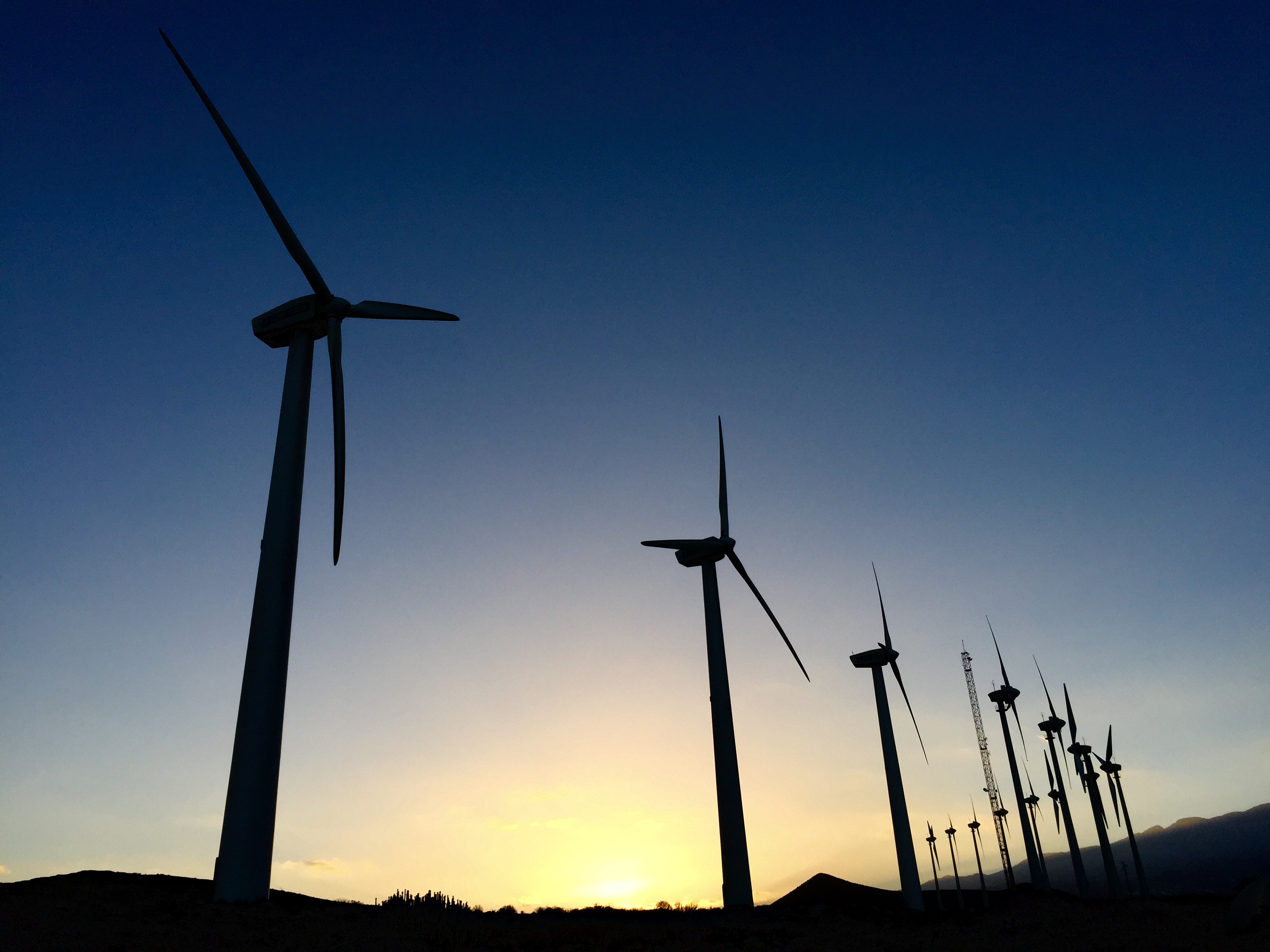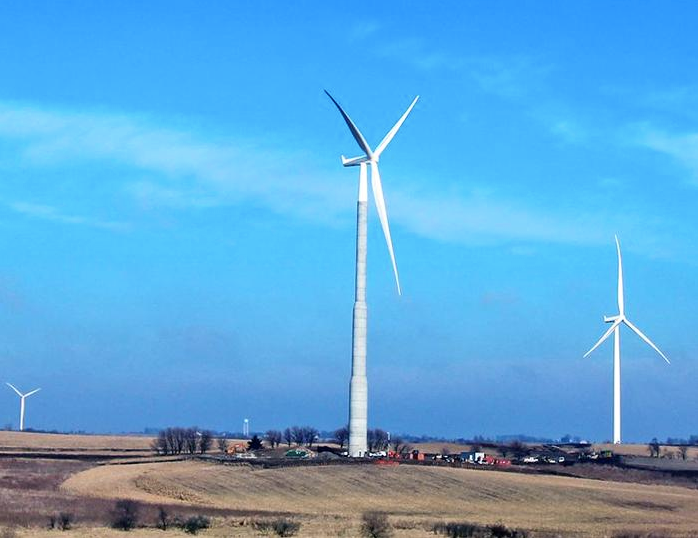
The tower is made of steel and can only support so much weight. Wind turbines are limited in how tall they can be. Deepwater turbines have yet to be widely implemented, but engineers are testing underwater lattice-type tripods to give the turbine a wider base to better withstand the strong deepwater currents. The tower is usually anchored to a concrete mast when installed in shallow water. The turbine must be anchored to the seafloor, making them significantly taller than land-based turbines as a portion of their height is under the waves. While offshore turbines tend to be taller than their onshore counterparts, they’re actually even larger than they seem. The tower of an offshore turbine must be built to withstand the rough oceanic environment. The towers for offshore turbines are still made of steel but are usually treated with an anti-corrosive coating, all to ensure that they last for as long as possible, before requiring replacement. This is in addition to having to support larger blades and a heavier gearbox.

They must weather strong waves, constant salt sprays, and stronger wind speeds than those on land. Towers for offshore turbines must be built to withstand the rough environment of the ocean. That translates into stronger winds and higher energy potential. There’s significantly less drag over the ocean as compared to land since the water moves with the wind. This is to take advantage of the higher wind energy available at sea. They tend to be taller and have larger blades. You may have noticed the larger size of offshore wind turbines. The blades come within 28 meters of the ground at the bottom of their rotation. They have a rotor diameter of 220 meters mounted on a 138 meter tower, and a total height of 248 meters. The largest blades made so far are just over 107 meters long and belong to the gargantuan Haliade-X. More area covered equals more energy captured, which leads to more power. Taller wind turbines can also support larger blade spans. Smaller wind farms with larger turbines cost less to build, install, and maintain.

Taller turbines generate more electricity, so fewer are needed to produce a set amount of power. Although while the upfront costs may be higher for taller turbines, it actually costs less overall. Costs and stability are also taken into account. The height of a tower isn’t chosen solely based on altitude and wind speed. Wind conditions change drastically as you gain altitude. In regions with relatively low wind speeds, taller turbines can raise the value of an area with low wind potential. An NREL study found that raising the hub height for 3 MW and 5 MW turbines increased capacity by 10%. Taller turbines can significantly raise the capacity of a given area. The turbines would need to be between 200 to 300 meters in height to reach winds that are relatively undisturbed by the surface.

As tall as they are, most wind turbines still don’t escape the surface layer. Wind speed, air viscosity, and density change dramatically with an increase in altitude. In addition to obstacles, the heat radiation from the ground also has an effect on air density. Moving air creates friction with the ground, significantly slowing down its speed. Low altitude winds are directly affected by the surface. There’s also the concept of aerodynamic drag. While there isn’t any solid guidance for the ratio between hub height and blade radius, one study found that the ratio fluctuated between 0.5 and 0.7, with larger turbines having larger ratios. This makes for a steady wind, allowing the turbines to generate more power.

At higher altitudes, the wind faces fewer obstacles like trees, hills, and man-made objects like buildings. Taller wind turbines have access to higher quality winds.


 0 kommentar(er)
0 kommentar(er)
